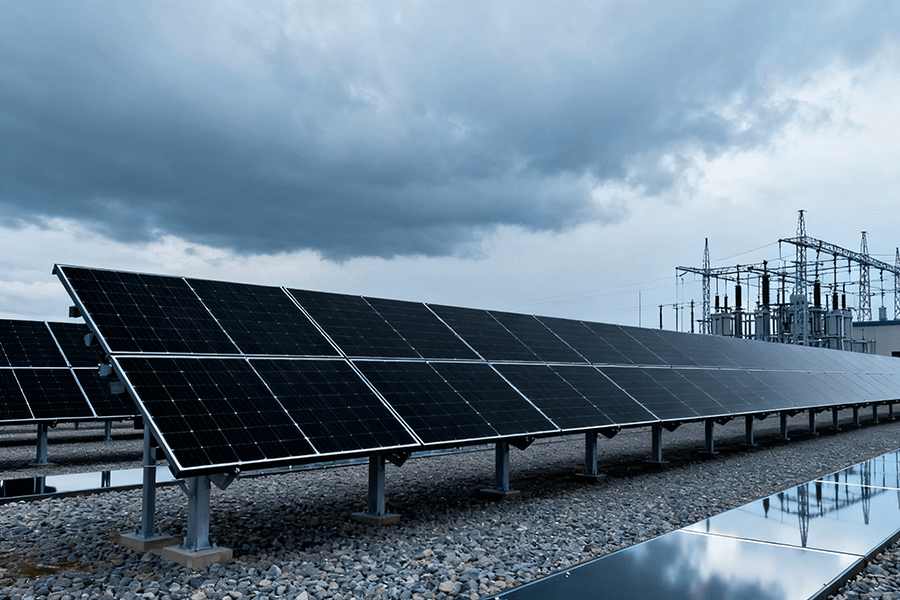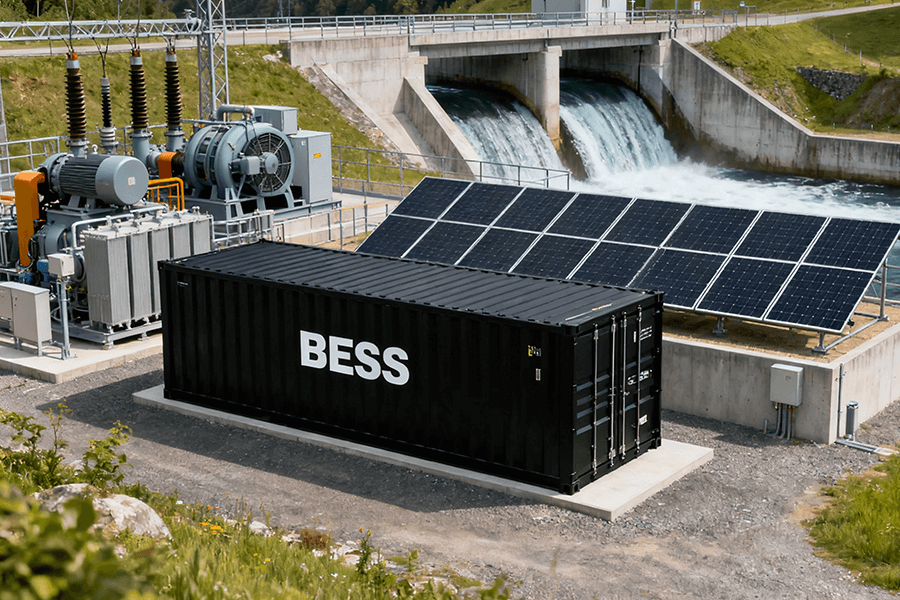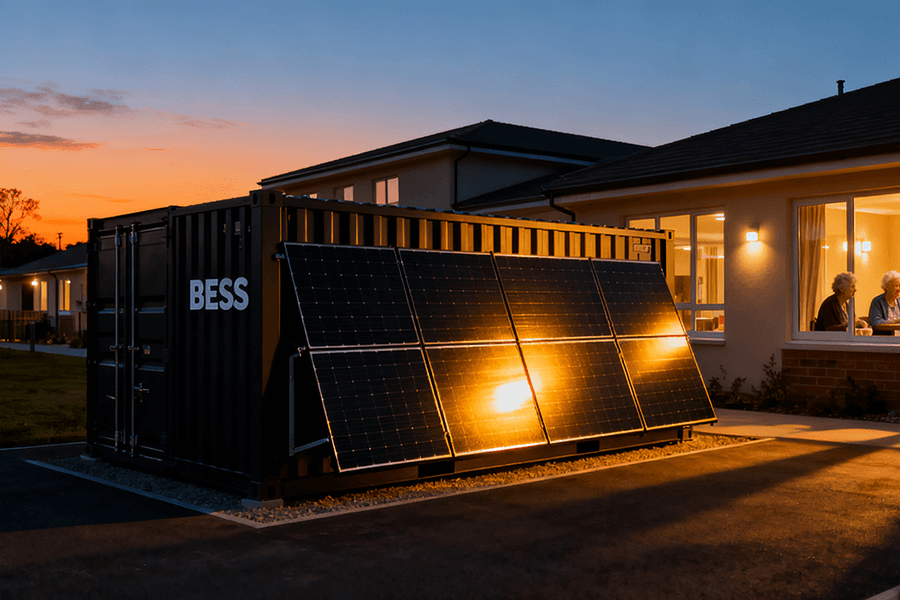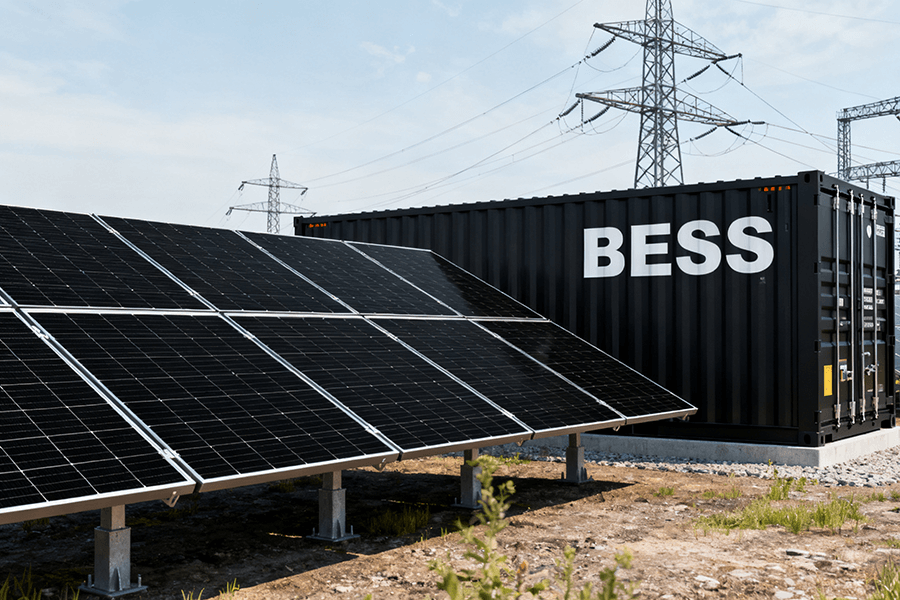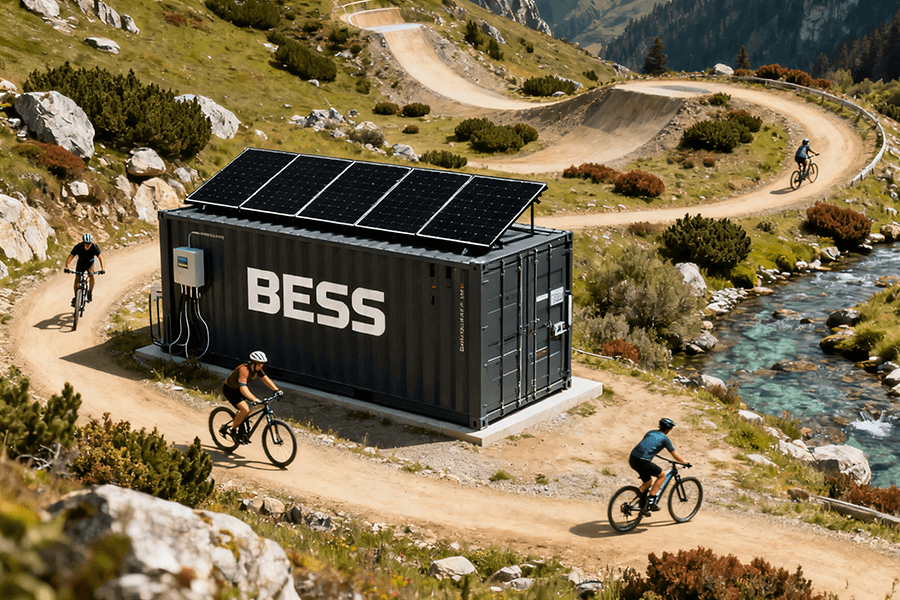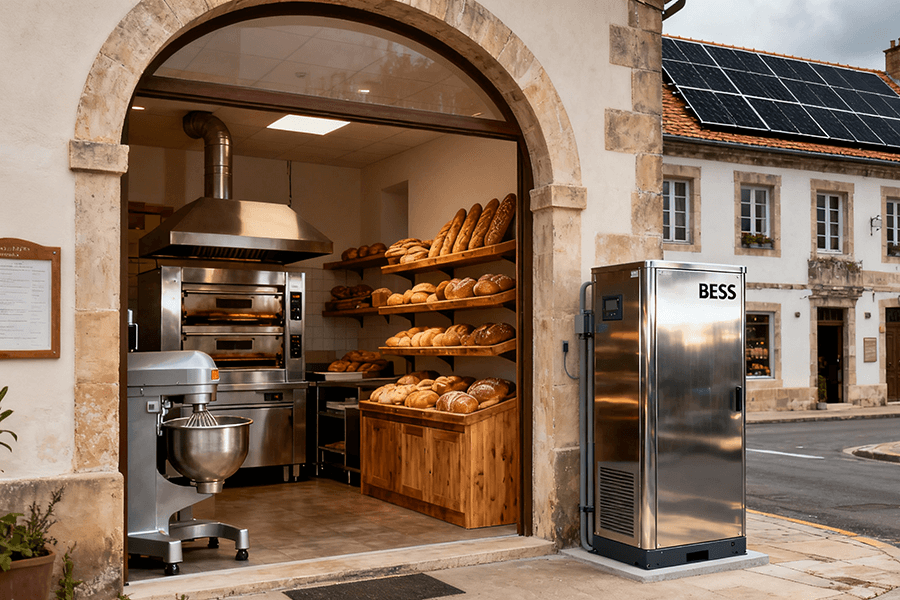The photovoltaic bracket is a bracket designed for placing, installing and fixing solar panels in a solar photovoltaic power generation system. Common materials include aluminum alloy, carbon steel and stainless steel. In the specific installation process, it is necessary to choose the appropriate installation method according to different types of roofs.
Cement concrete roof:
Cement will be used as the support base for the installation of the cement roof photovoltaic support system. There are two ways to make basics.
1. The cement foundation is poured on site. The advantage is that this installation method can be integrated with the roof, the foundation is firm, and the amount of cement is less. The disadvantage is that steel bars need to be embedded in the roof of the building in advance, or expansion screws are used to connect the cement foundation and the roof. Doing so can easily destroy the waterproof layer of the roof and cause water leakage over time.
2. It is necessary to accurately count the annual average wind speed and wind direction in different seasons at the project site, and calculate the positive and negative wind pressure. Then calculate the counterweight of the cement foundation through the wind pressure. Cement briquettes of the same size are processed in advance, and then transported to the site for installation.
Colored steel tile roof:
Colored steel tiles are generally used in buildings with light steel structure, more common in standardized workshops and warehouses. The light steel structure building uses very light color steel tiles as the roof, and the span can be made very large. Ideal for laying out solar modules on a large scale. The industrial parks in the city are all standardized factory buildings built in a single piece, with a large number and a large area, and often tens of megawatts of solar power stations can be built at a time.
The color steel tile is composed of a thin metal plate wrapped with a foam plate, and the bracket of the battery component cannot be fixed by the traditional method. A special “fixture” is required, and the use of the fixture will not damage the original structure, cause the roof to leak or damage the overall structure.
Consider from the load-bearing point of view: If it is installed according to the best angle, it is inevitable to use more photovoltaic brackets to increase the weight of the roof. From a safety point of view, if the modules are installed according to the optimal inclination angle, the modules will not be parallel to the roof, and additional wind pressure will be generated when the wind blows, posing a safety hazard. To sum up the above two points, the modules can only be tiled on the color steel tile roof. The number of modules installed is only related to the roof area and load-bearing, and there is no meaning of optimization.
Residential tile roof:
This refers to a sloped roof with concrete under the tile surface. The installation method is generally to uncover the tiles, expand screws on the concrete, install hook adapters, and then cover the tiles back. The key is to control The position of the lower expansion screw should be far away from the lower edge of the tile. If you want to look better, you may also need to saw a gap in the lower edge of the tile. Special attention should be paid to the thickness of the concrete so as not to damage the waterproof structure of the roof.
If you want to customize your own photovoltaic solution today, please contact us.

